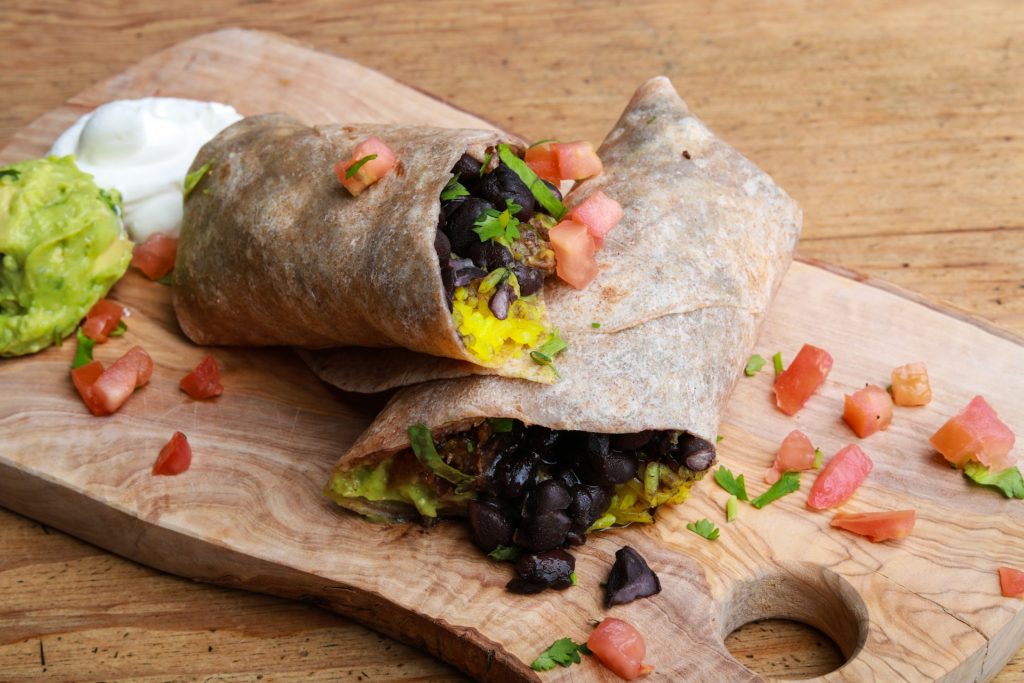Food packaging plays a pivotal role in addressing food supply shortages. As populations grow and resources become strained, the ability to store and transport food efficiently has become critical. Through advancements in smarter packaging, it is possible to significantly reduce food waste, increase shelf life, and streamline distribution, helping to combat the challenges of food supply shortages.
Reducing Food Waste With Advanced Packaging
Food waste continues to be one of the leading contributors to food shortages globally. Modern food packaging technology can minimize waste by protecting food from spoilage and contamination. This is especially important during transport and storage. Advanced materials like antimicrobial films and airtight seals extend the freshness of perishable foods. These innovations prevent mold, bacteria, and other harmful organisms from spreading, keeping food safer for longer periods.

cottonbro studio | Pexels | Modern food packaging technology can minimize waste by protecting food from spoilage and contamination.
Smarter portion packaging also helps prevent food waste. By dividing products into smaller, single-use portions, consumers can avoid wasting food they don’t immediately need. This method is particularly useful for products prone to spoilage, like dairy or fresh produce. By preserving smaller quantities, it ensures more food can be consumed rather than discarded.
Extending Shelf Life to Enhance Availability
Shelf life plays a critical role in food availability, particularly in areas that rely on long-distance shipping. Foods with longer shelf lives can be transported to remote or underserved regions without risking spoilage. For instance, vacuum-sealed packaging and modified atmosphere packaging (MAP) techniques help remove oxygen, which slows down spoilage and preserves food quality.
By extending shelf life, food packaging reduces the need for preservatives and additives, which many consumers prefer to avoid. Additionally, packaging technologies that monitor and adjust the internal environment, like humidity control, can help keep fruits and vegetables fresh during long transits.
Improving Food Security Through Efficient Distribution
The food supply chain can experience significant disruptions due to natural disasters, economic instability, or logistical issues. Smarter packaging ensures food can be stored and distributed more efficiently during such crises. Lightweight, flexible packaging allows for easier transport, while tamper-proof designs protect food from contamination during transit.
During the COVID-19 pandemic, the importance of resilient food systems became apparent. Localized food shortages highlighted the need for packaging that can endure long-distance transportation while maintaining food safety. Sustainable packaging solutions—like those made from biodegradable materials—also support environmental goals while addressing these logistical challenges.
Smarter Packaging Materials for Sustainable Food Supply

Laurelle Stelle | MSN | Sustainable food packaging benefits low-income countries where infrastructure may not support modern refrigeration.
Sustainability remains a central focus in the development of food packaging materials. Traditional packaging methods often rely on plastics, which contribute to environmental issues. However, the rise of compostable packaging, recycled materials, and innovative bioplastics offers more sustainable alternatives. These materials are not only eco-friendly but also highly effective in preserving food.
Sustainable food packaging also benefits low-income countries where infrastructure may not support modern refrigeration. Durable, affordable packaging can keep food safe without relying on energy-intensive methods like cooling. This helps ensure food availability in regions where it’s needed most, particularly in rural or developing areas.
Food Packaging and Technology Integration
Integrating technology into food packaging is another way to combat supply shortages. Smart packaging equipped with sensors can monitor temperature, moisture, and other environmental factors during transport and storage. These indicators can alert suppliers to potential issues before food becomes unusable, preventing loss along the supply chain.
Time-temperature indicators (TTIs) and radio frequency identification (RFID) technology provide real-time tracking of food quality. These systems can ensure that food is transported at optimal conditions, preventing waste due to spoilage.




